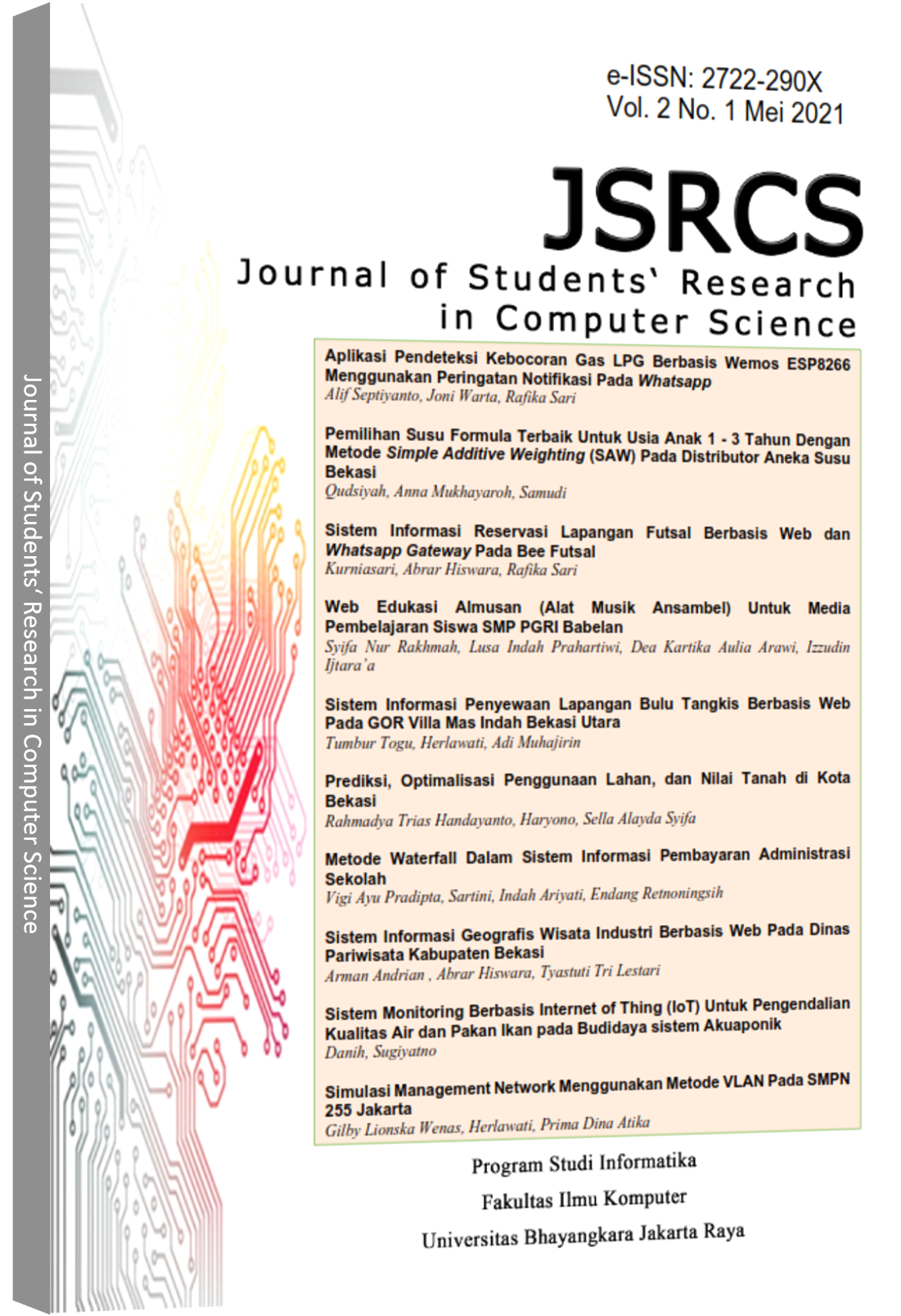Sistem Pendukung Keputusan Kelayakan Kredit Pada PT.BPR DP TASPEN Dengan Metode TOPSIS
DOI:
https://doi.org/10.31599/q6t2ed19Keywords:
Credit Worthiness, Debtor Criteria Analysis, TOPSISAbstract
This study focuses on analyzing the feasibility of pension loan applicants for state civil servants at PT. BPR DP TASPEN, with a focus on the use of the Technique for Order of Preference by Similarity to Ideal Solution (TOPSIS) as an alternative analysis method. Previously, PT. BPR DP TASPEN uses a subjective evaluation method to assess the feasibility of loan applicants, which leads to potential risks and errors in the analysis. In this study, the authors recommend the use of TOPSIS as a support decision-making system to standardize the analytical process. TOPSIS was chosen for its efficiency in reducing the calculation time and ease of implementation. This method uses criteria and alternatives to calculate, produces the best alternative based on a weighted bobot, and provides the final decision. The results of the study indicate that TOPSIS provides a good solution for determining the feasibility of pension loan applicants. By considering criteria such as age, pension, debt, bank loan, health history, and income, only seven out of 40 loan applicants met the best criteria, which were close to the ideal positive solution. The selected applicants were recommended for approval as pension loans by the company, reducing the potential risks of credit and improving the accuracy of the selection of loan criteria.












_-_Copy1.jpg)

